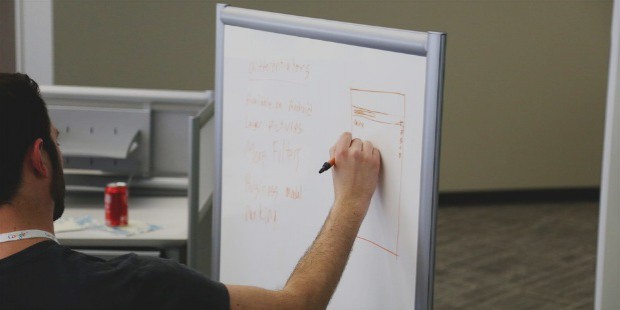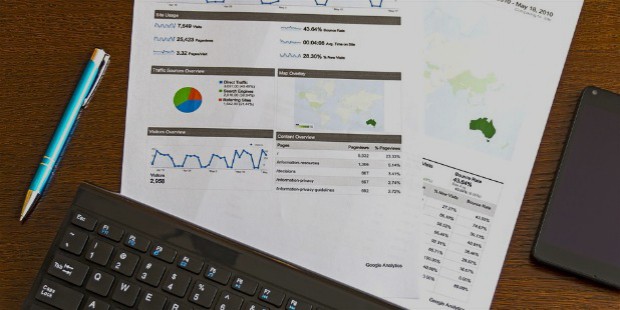Importance of Risk Analysis in Project Success

There are several stages of project planning. One of the important considerations in project planning has to be risk analysis and management. One may consider it as a pessimist approach, but risk analysis is a practical approach that could save time and money, and considerably headache. Risk analysis refers to the possible overshoots in timing and cost of the project.
They are calculated by understanding how each process works, how much time and resource it needs, and what could go wrong in the worst case scenario. This is where a proactive manager works his way through every task involved in the project timeline. He will work with all the team leaders and identify various areas where risk management would be crucial.
There are two types of managers. They are:
- Proactive Manager
- Reactive Manager
Proactive Manager

Proactive manager is the smarter of the two types. He does all the risk analysis of factors in all the variables before the project goes underway. He knows that project cost and timing both are important, and therefore he makes sure that risks are specified. He then makes note over the level of risk involved into low, medium, and high. The process then continues in the next stages of risk management.
Reactive Manager

Reactive manager is more of the crisis manager. He lets the things run their course and reacts when there’s an issue with any of the stages of the project plan. He then goes on to take split-second decisions on the best course to avoid further harm. It’s more of a damage control job. While a proactive manager also has the skills of damage control, it is the reactive manager that falls into such situations more often. He has effective skills in his domain, but with risk management as an added skill, he could have everything a good manager needs in his arsenal.
Responses to Risk in Analysis and Management

There are three standard responses about how a risk is dealt with during the analysis stage:
1. Avoid
The best way around is to avoid the risk completely. This is the preferred option of the three, and used whenever it is possible.
2. Minimize
If it’s not possible to avoid the risk completely, work around it by minimizing the risks, damages, and timelines involved.
3. Work with It
If the risk is sure to happen despite best efforts, it is best to include it in the project and see if it actually comes from the beginning itself rather than hoping and praying it doesn’t happen. Because when it happens and you’re not prepared, it will come down hard.
Risk analysis and management involve smooth flow of the project despite expected hiccups. It is a continuous process and new risks keep emerging as per the changes in market or the scenario. A proactive manager will continue to monitor the risks and keep managing them in case new risks show up. Risk analysis is one of the most important aspects of a project success, and when done diligently, it helps the project see the light of the day without any major issues.









